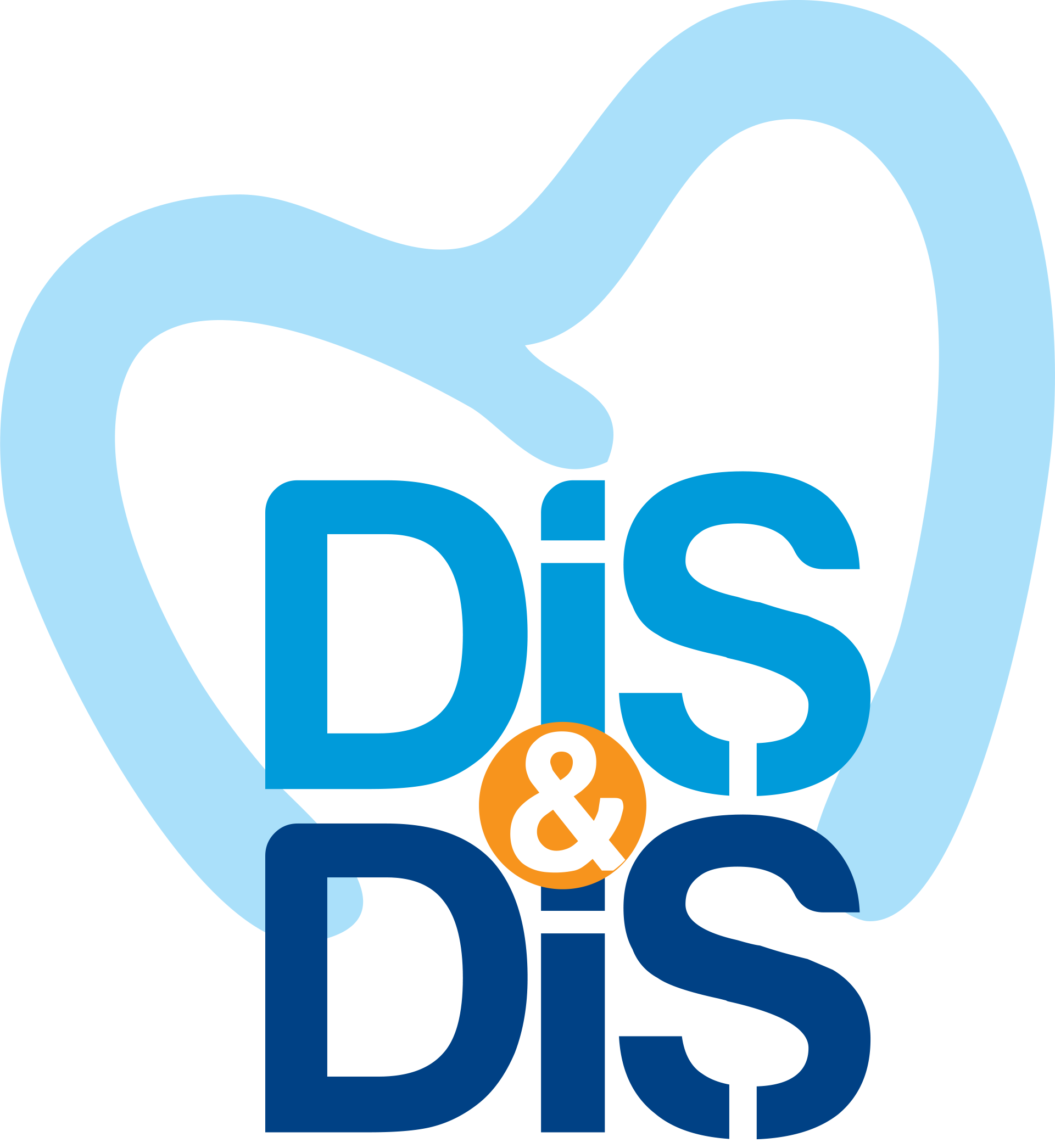Conservative restorative dentistry is a dental specialty that focuses on repairing and restoring damaged teeth using minimally invasive techniques.

Conservative Restorative Dentistry
Conservative restorative dentistry is a dental specialty that focuses on restoring and repairing damaged teeth using minimally invasive techniques. This field combines both dental and cosmetic knowledge and aims to preserve as much of the natural tooth structure as possible.
Common procedures in conservative restorative dentistry include fillings, inlays, onlays, and veneers. These procedures use tooth-colored materials to restore the function and appearance of the teeth while minimizing damage to the natural tooth structure.
Conservative restorative dentistry is an important component of dental care, as it allows dental professionals to treat a wide range of dental issues while preserving the natural beauty and function of the teeth. By providing specialized care for these conditions, conservative restorative dentists help patients achieve optimal oral health and function, as well as improve their overall quality of life.
If you are in need of conservative restorative dentistry, it is important to seek out a qualified and experienced dental professional who can provide the highest level of care. Your dentist will work closely with you to create a personalized treatment plan that is tailored to your unique needs and goals. By working with a skilled and compassionate team of oral health professionals, you can achieve a healthy and beautiful smile that lasts a lifetime.
